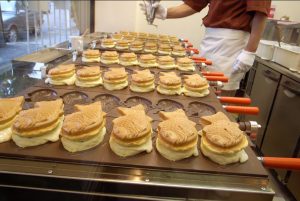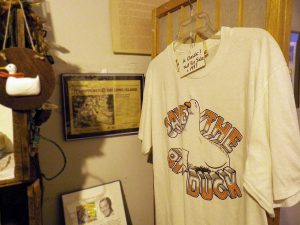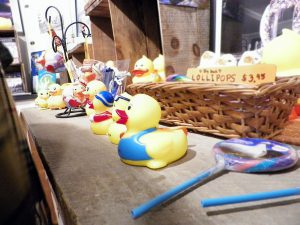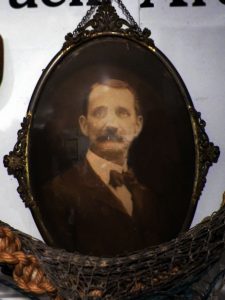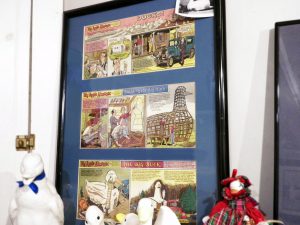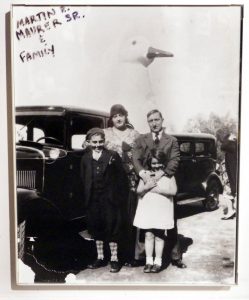“Performing this research experiment is key in the construction industry. Concrete is the most widely used building material since the Romans have introduced it a couple millennia ago, and is still today the material of choice to use for superstructures of magnitude. Reaching for the sky isn’t only a metaphorical expression, it is a reality. Through research, we have been able to manipulate these existing materials to our own self interests. It is of human nature to improve on existing ideals, ergo, not performing research is blasphemy. Passion is not to be confused with persistence. Being the kid I was, destruction was inevitable and I would be very lucky if I would get a verbal scolding from my parents. I would be such a handful to my parents, they would send me back to Bulgaria during my summer vacation so they can get a break. Pyromania was of great interest, but the fun dies out like the fire. Unlike the cinders, my passion for destruction does not smolder. I would later move on to dismantling computers, CD players, and toys. Nothing would really last in my house, if it passed through my hands it would be in shambles guaranteed. It is passion to explore that drove me, I never persisted. This passion and persistence was a constant battle in my early educational career, and is still today. In elementary school, I couldn’t burn anything or break anything, so I why would I pay attention? All the school teachers would compulsively harass my mom about my obnoxious behavior and ‘under-performance’. All but the science teacher, who loved me and gave me excellent marks. Imagine that! Passion is a very peculiar trait to harbor, because it is passion that drives not persistence. ”
 Stanimir karamihaylov
Stanimir karamihaylov


